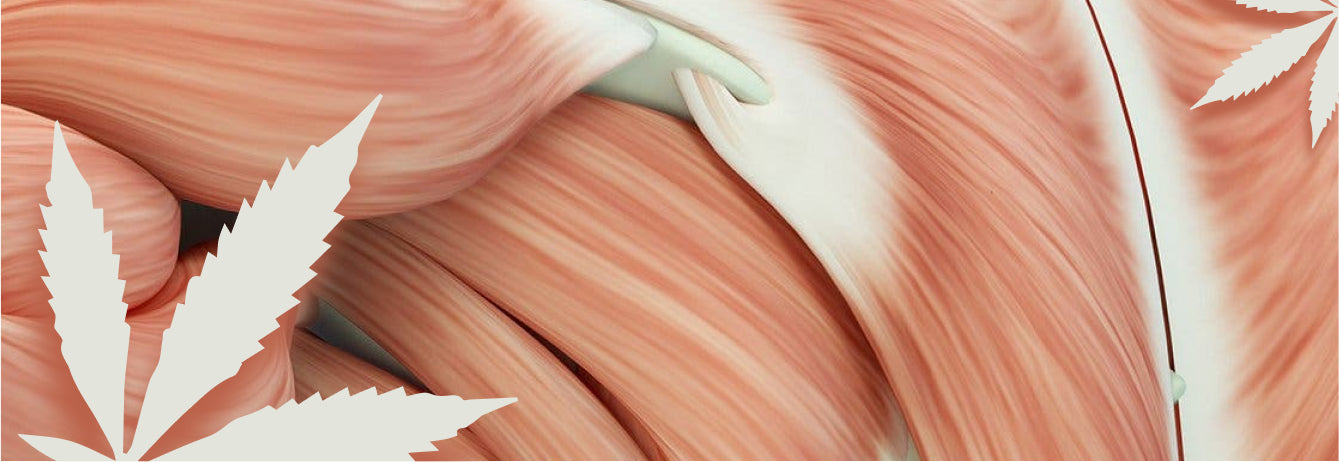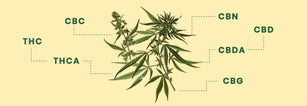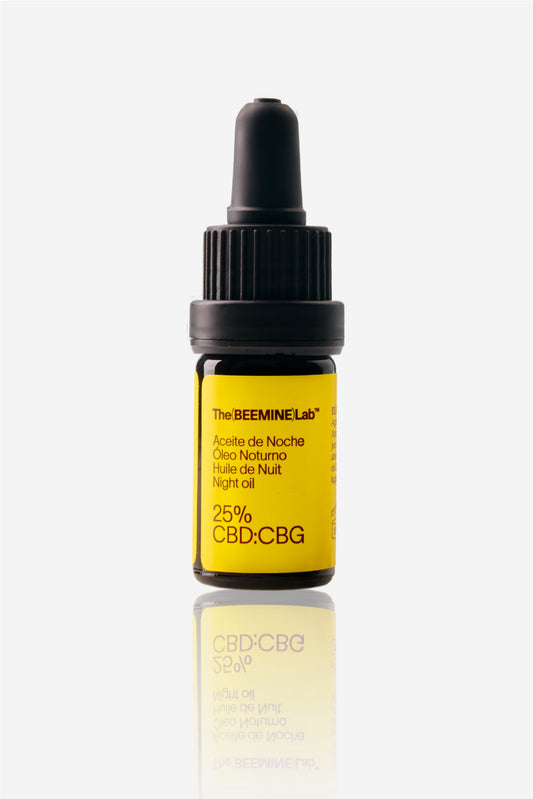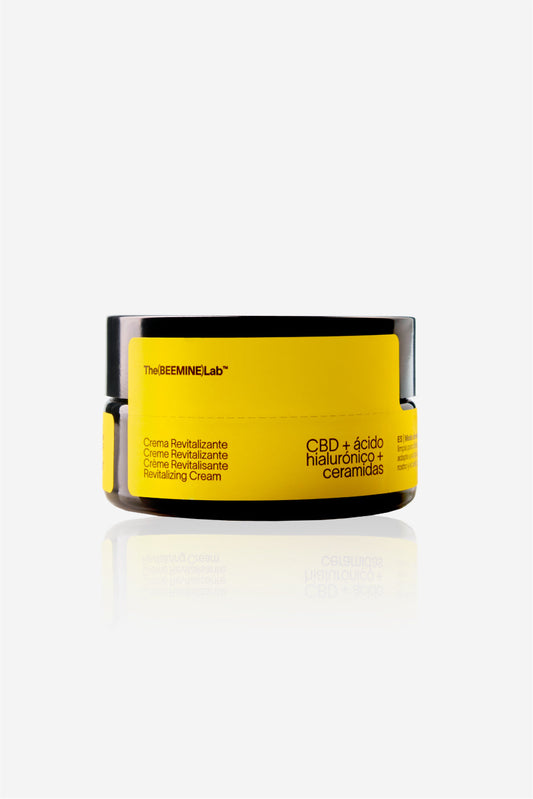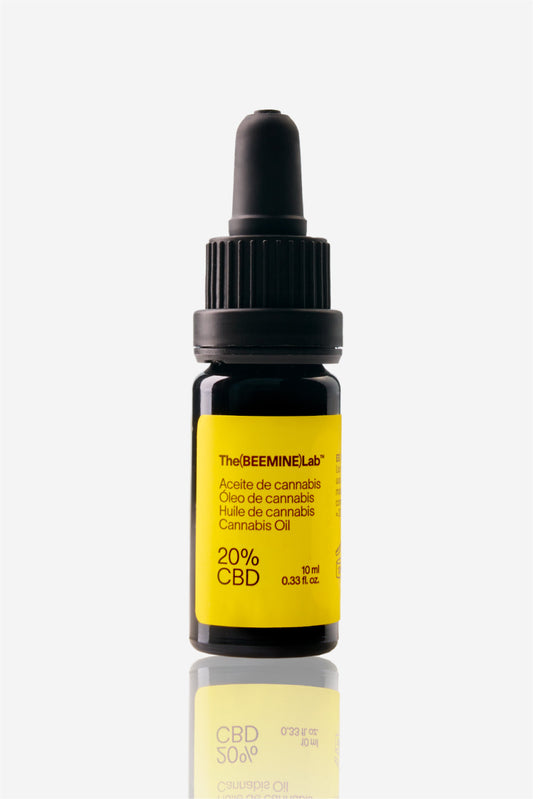Why does muscle wasting occur?
Practicing physical exercise is one of the best recommendations to keep the body in good health and many people practice some type of sport and/or physical work sporadically or regularly. However , exercise and physical work involve a certain degree of temporary muscle wear and tear or stress that is felt as a sensation of pain and discomfort to the touch and during movement (lactic acid), fatigue and tiredness. What happens is that continued physical work causes small damages to the musculoskeletal system and in particular to the muscle fibers , which become inflamed, in turn causing an anti-inflammatory response from the body , in what is known as EIMD ( Exercise Induced Muscle Damage ). It must be highlighted that the body's anti-inflammatory response is essential to repair, regenerate and adapt the muscle to facilitate its growth (1). This is very important in professional training, where it is necessary to develop and maintain a significant amount of muscle mass to achieve or maintain certain levels of performance. Although the inflammatory recovery process is positive to a certain degree, its excess can cause some symptoms such as cramps, contractures and a type of delayed muscle soreness known as DOMS (Delayed Onset Muscle Soreness). People who are subjected to intense physical effort on a regular basis run the risk of being constantly subjected to inflammatory processes and pain that can become chronic. Normally, to contain the inflammatory response and facilitate muscle recovery, cold (usually ice) or pressure can be applied to the muscles or anti-inflammatory drugs can be used, which, however, would hinder the adaptation process and consequent muscle growth (3). It is also worth mentioning the fundamental importance of good quality sleep , when the recovery process is at its maximum. Today, thanks above all to its anti-inflammatory and relaxing properties, CBD represents a valid alternative to facilitate muscle recovery, so much so that in 2018 it was removed from the List of Prohibited Substances in Sport .Effects of CBD on muscle and injury recovery
CBD can be of great help to facilitate muscle recovery, especially due to its important anti-inflammatory property , thanks to which the inflammatory mechanisms of the body are modulated from the first moments after taking it, thus helping to prevent post-activity symptoms and promote faster recovery (8) (9) (10) This effect can also be beneficial in the case of having suffered a muscle tear or an injury to a part of the musculoskeletal system such as muscles, bones (4) or tendons and joints (in fact, there are numerous studies on its benefits for osteoarthritis ). In this case, CBD could help both at a symptomatic level ( facilitating relaxation and pain relief ) and at a curative level, facilitating the recovery processes in particular of the bones (4) and skin (11). But above all, products with CBD derivatives can be beneficial for athletes , specifically in those disciplines that require contact or a special focus on creating muscle mass (boxing, karate, bodybuilding, etc.). Let's highlight the different mechanisms through which CBD is involved in the recovery cycle: 1 - Anti-inflammatory effect : modulates the inflammatory response and the immune system to make it faster and more effective and prevent its excess or defect. 2 - Analgesic effect : modulates the pain propagation channels, thanks to its activity on TRPV receptors. 3 - Relaxing effect : reduces muscle tension to facilitate rest and prevent contractures and cramps. 4 - Sedative effect : facilitates rest thanks to its hypotensive and relaxing effect both physically and mentally, helping to improve the quality of sleep. 5 - Neuroprotective/antioxidant effect : reduces oxidative stress and promotes neurological functions. 6 - Effect on bones : helps improve bone structure and recovery from possible fractures. (4) 7 - Skin tissue repair : helps to deal with inflammation or wounds by promoting tissue regeneration. (11) 8 - Effect on the Endocannabinoid System : stimulates the activity of the endocannabinoid system , promoting the body's natural response to a stressful situation and all its physiological and psychological mechanisms. (SEC link) (2)(3)(8)(9)(10)
Thanks to its properties, CBD can be used both for muscle recovery after activity and also as a preventative measure , so that physical wear and tear and the resulting inflammatory response can be less severe.
Currently, there are few specific studies on humans and physical activity which do not show any specific effect. (5)(6)
However, CBD is used by athletes, especially in activities that require high levels of strength and endurance, since its anti-inflammatory effect has been proven, which is effective from the first moments after taking it. (10)
In a survey of rugby players in England, 26% had used CBD, rising to 40% among those over 28 years of age; of these, 80% had used it to improve sleep, pain and muscle recovery . (7)
(2)(3)(8)(9)(10)
Thanks to its properties, CBD can be used both for muscle recovery after activity and also as a preventative measure , so that physical wear and tear and the resulting inflammatory response can be less severe.
Currently, there are few specific studies on humans and physical activity which do not show any specific effect. (5)(6)
However, CBD is used by athletes, especially in activities that require high levels of strength and endurance, since its anti-inflammatory effect has been proven, which is effective from the first moments after taking it. (10)
In a survey of rugby players in England, 26% had used CBD, rising to 40% among those over 28 years of age; of these, 80% had used it to improve sleep, pain and muscle recovery . (7)
Cases that can be treated with CBD
All minor ailments related to pain and inflammation, such as sprains, bruises, contractures, cramps and/or problems with rest and relaxation. Also for all people who regularly or more sporadically perform physical work , such as athletes. In this case, CBD could be used both to promote recovery and as a preventative measure.Cases that cannot be treated
All serious conditions or those that require medical attention such as muscle tears, dislocations and injuries . In these cases, CBD can be part of the treatment to promote recovery and relieve symptoms, but it cannot be the only option.Precautions
If you use other medications, contraceptives or suffer from heart or liver problems, you should consult a specialist to avoid possible interactions or problems derived from the use of CBD internally. For more information, check out our article on CBD and medications or our article on understanding CBD dosage and benefits.Side effects
The side effects of CBD are fortunately of medium-mild intensity and disappear once we stop administering the product or reduce the dose. Among them, those associated with the abusive use of Cannabis: dry mouth, constipation, fatigue, dizziness, etc. For more information check out our article on CBD and side effectsThe best CBD for muscle recovery
To facilitate muscle recovery, CBD can be used internally ( not regulated in the EU) or externally, combining both forms if possible. The effect of the internal route is systemic , and therefore would represent the best option to facilitate recovery. In particular, the effect of the sublingual/ingestive route would be more stable and long-lasting , while the inhaled route could be used to deal with acute symptoms such as pain and cramps, with a maximum and immediate effect. When used topically, the effect is concentrated in the area of application , which can be a good option to enhance the effects of CBD in specific parts of the body such as the extremities. It is also advisable to use the topical route for wounds and skin inflammations.How to use CBD oil for muscle recovery
- Internal use: In the USA, Switzerland and Canada, the sublingual form is used instead of the oral form to avoid possible interactions and to facilitate the stability of the effect. When used preventively or in case of light activity, it is recommended to use the oil 2 or 3 times a day , while to deal with the consequences of intense and constant exercise, it could be used 3 or 4 times depending on the evaluation of the effect . It is always advisable to start with a low dose (1-2 drops) and gradually increase every 2-3 days until a satisfactory effect is found.
- External route: At the moment in the rest of Europe we can use low concentration topical products ( balms , creams ,CBD oils ) 2-3 times a day as a preventive measure , especially before carrying out the activity. However, to deal with post-activity symptoms it is advisable to use more concentrated products up to 4-5 times a day.

